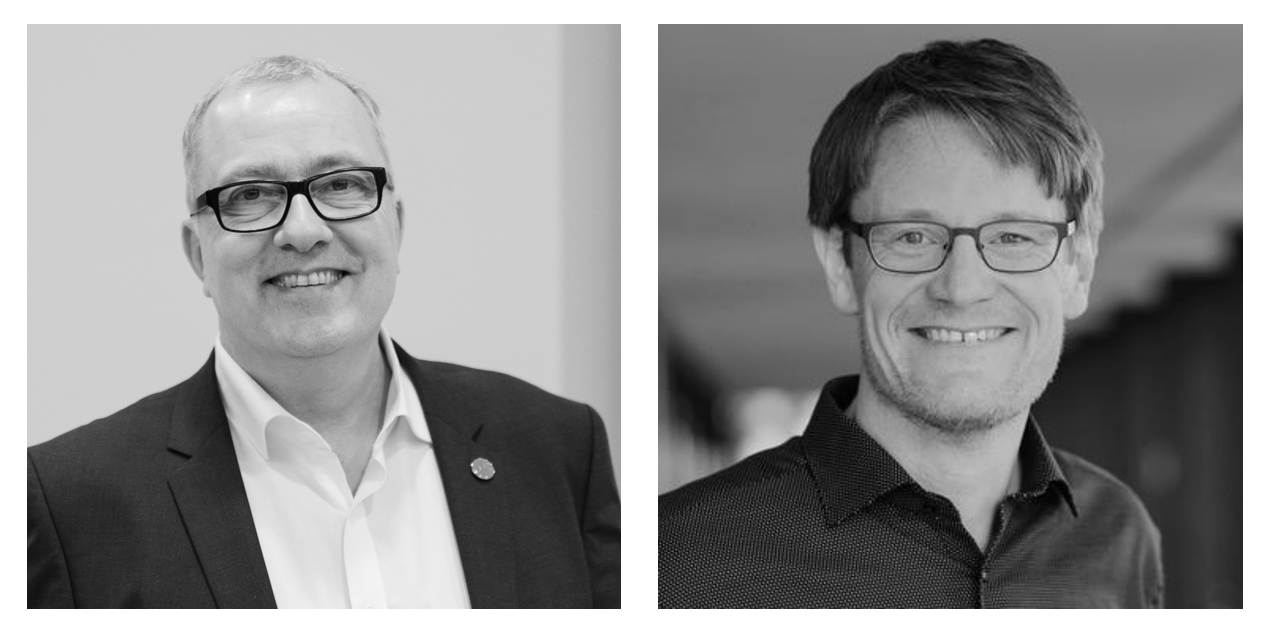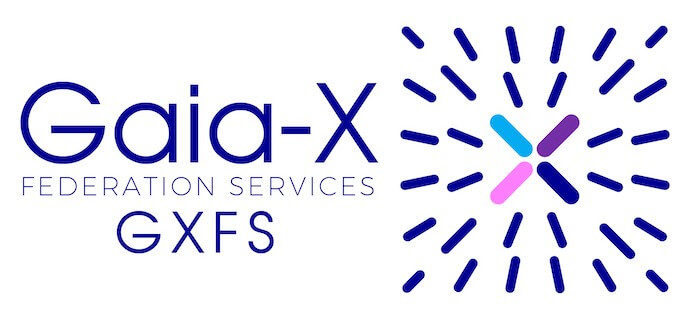
That Europe is lagging behind in digital technologies already seems like its natural state to many. The announcement of state-funded projects earns little more than routine ridicule – especially when the name of the project borrows from mythical figures. From the very beginning, Gaia-X has been given unflattering labels – “cargo cult”, “castle in the clouds”, “innovation-less state cloud” and, of course, “paper tiger”. But the project’s advocates are not giving up, on the contrary: there are more and more of them in many EU Member States, dozens of pilot projects and numerous industries. This year, the first components of the Gaia-X code are being created. Time to clear up a few myths and misunderstandings.
A new Euro-hyperscaler doesn’t even stand a chance against the US clouds!
Yes, that’s right. Nevertheless, this paragraph is not over yet. In fact, some of the initiators may have initially flirted with the idea of building a European Airbus for the cloud. The political context may also have caused misunderstandings.Months before the project was announced, the German minister responsible, Peter Altmaier, had presented his Industrial Strategy 2030, which recommended building national and European champions. However, Gaia-X will not become a commercial competitor to the established public cloud hyperscalers. Because Gaia-X is an ecosystem, not a platform. But what is the difference?
The term “cloud platform” means the technical infrastructure of a single provider. It consists of a network of data centres, various software tools and front-ends. A platform business model aims to attract as many customers as possible, who ideally also satisfy their entire IT needs with one provider. The disadvantage: Such a vendor lock-in makes switching to the competition, let alone orchestrating different platforms, challenging and expensive for customers.
As a “cloud ecosystem”, Gaia-X pursues the opposite strategy: through common rules, standards and open-source technology, Gaia-X makes the platforms of different providers cooperative and interoperable. This makes it easier for customers to combine offers and share data securely and transparently with partners across platform boundaries – this is the key to the data economy. The right strategy for Europe’s digital transformation is, therefore, not another hyperscaler, only under the EU flag, but an ecosystem: by committing all providers – especially also from outside Europe – to common frameworks according to European specifications.
The large public clouds already offer all of the functions. A copycat project cannot win over the market.
The problem with this point of criticism is the perspective on a single cloud: Gaia-X was not launched because one or the other US cloud offered too few functions. As an ecosystem, Gaia-X looks at the entire market for cloud services in Europe. The goal is new functions and rules for the interaction of all providers and customers. In short: it is about framework conditions for the market, not about a few features.
Above all, the project wants to improve the freedom of choice for customers in the selection and combination of cloud services, all while promoting innovation. This is where the hyperscalers have a blind spot: their platforms are designed as general-purpose clouds. Their business model focuses on mass-market and scalable applications.
However, Europe’s economic strength is not based on streaming services, e-commerce platforms and social networks, but on the complex value chains of its highly specialised service and industrial companies. In order to digitise this network of cooperation between specialists and hidden champions, innovation is needed in a thousand niches. Here, services do not “scale” as they do in mass markets, which makes them economically uninteresting for Silicon Valley.
Accordingly, market researchers see a strong trend towards specialised industry clouds in Europe. Gaia-X is creating the necessary framework conditions for this demand, most recently through the tendering of corresponding Gaia-X Federation Services. With these, industries can technically implement their own requirements for an industrial cloud.
Gaia-X is a state-planned economy and, therefore, has no chance of success.
This reproach is an expression of false expectations of state-funded research and industry programmes. The development and marketing of products are, of course, best left to companies. This also applies to cloud platforms. The state, on the other hand, can improve the conditions for innovation by providing financial support for basic and applied research. For example, fifteen years ago, the Theseus IT research project created numerous patents, business models and services around semantic search technologies – but not a new Google.
The claim that Gaia-X is just a planned economy implies that state bureaucracy dictates everything without dealing with the reality of the market. This is precisely not the case with Gaia-X. The project is not just a small consortium of a few large companies that use up the millions in funding among themselves.
In addition to the Gaia-X Association for Data and Cloud (AISBL) in Brussels as the association and institutional core, over 300 user companies and organisations from business and science make up the second pillar of the project. They organise themselves into national Hubs at the level of the EU Member States in order to adequately reflect the specifics of the different economies. For their industries and subject areas, the members work out their particular requirements for a European cloud and data infrastructure. This is done not only in the national Hubs and working groups but also in over 70 pilot projects from ten sectors in 17 EU member states.
The focus is always on concrete benefits through the use of Gaia-X: i.e. economic added value for companies, but also progress for research, administrative processes, in healthcare or the everyday lives of citizens. The perspective of a single cloud provider, however large, is not enough to achieve this. That is why Gaia-X is not a solitary cloud platform but an ecosystem that strives for digital progress for many areas of society in Europe.
Gaia-X has too many stakeholders involved. This makes the project cumbersome and slow.
The range of stakeholders and interests is indeed a challenge. But it is necessary. Because it also gives the project its legitimacy. Let’s remember: Gaia-X is not about new features for a cloud platform, but about framework conditions for the entire cloud market in the EU.
In this respect, Gaia-X is also a political project. And that is precisely what the cloud market has lacked so far: fair rules for all. These should not be decided solely by the Boards of Directors of a few commercial providers, especially those from outside Europe. After all, the future technologies of the 21st century such as artificial intelligence, networked industrial production, telemedicine, autonomous mobility, smart cities and digital administration are all based on the availability of suitable cloud infrastructures.
At Gaia-X, we Europeans can bring one of our greatest strengths to bear: The ability to compromise and to shape contradictory interests into a common entity – even if no one knows what to call it afterwards. Confederation, supranational federation, cloud ecosystem, dataspaces, federated, decentralised…
The polyphony of Gaia-X is therefore not a bug, but a feature!
See you soon,
Andreas Weiss & Thomas Sprenger

Every month on LinkedIn and www.gxfs.eu
Every month from now on, we will guide you through the world of Gaia-X on LinkedIn and www.gxfs.eu. Our analyses and interviews give background and insights into how a European initiative and its collaborators want to create an ecosystem for value creation from data.
Heading this series of articles is Andreas Weiss. As Head of Digital Business Models at eco as well as Director of EuroCloud Deutschland_eco, Andreas Weiss is well connected and familiar with the Internet and cloud industry in Europe. He brings his experience to Gaia-X Federation Services (GXFS), whose project teams are responsible for the development of Gaia-X core technologies. Led by eco, the GXFS-DE project is also funded by the German Federal Ministry of Economic Affairs and Climate Action and is in close exchange with the Gaia-X Association for Data and Cloud (AISBL). Weiss is supported on this blog by Thomas Sprenger, an author and copywriter who has been writing about the digital transformation for twenty years.
